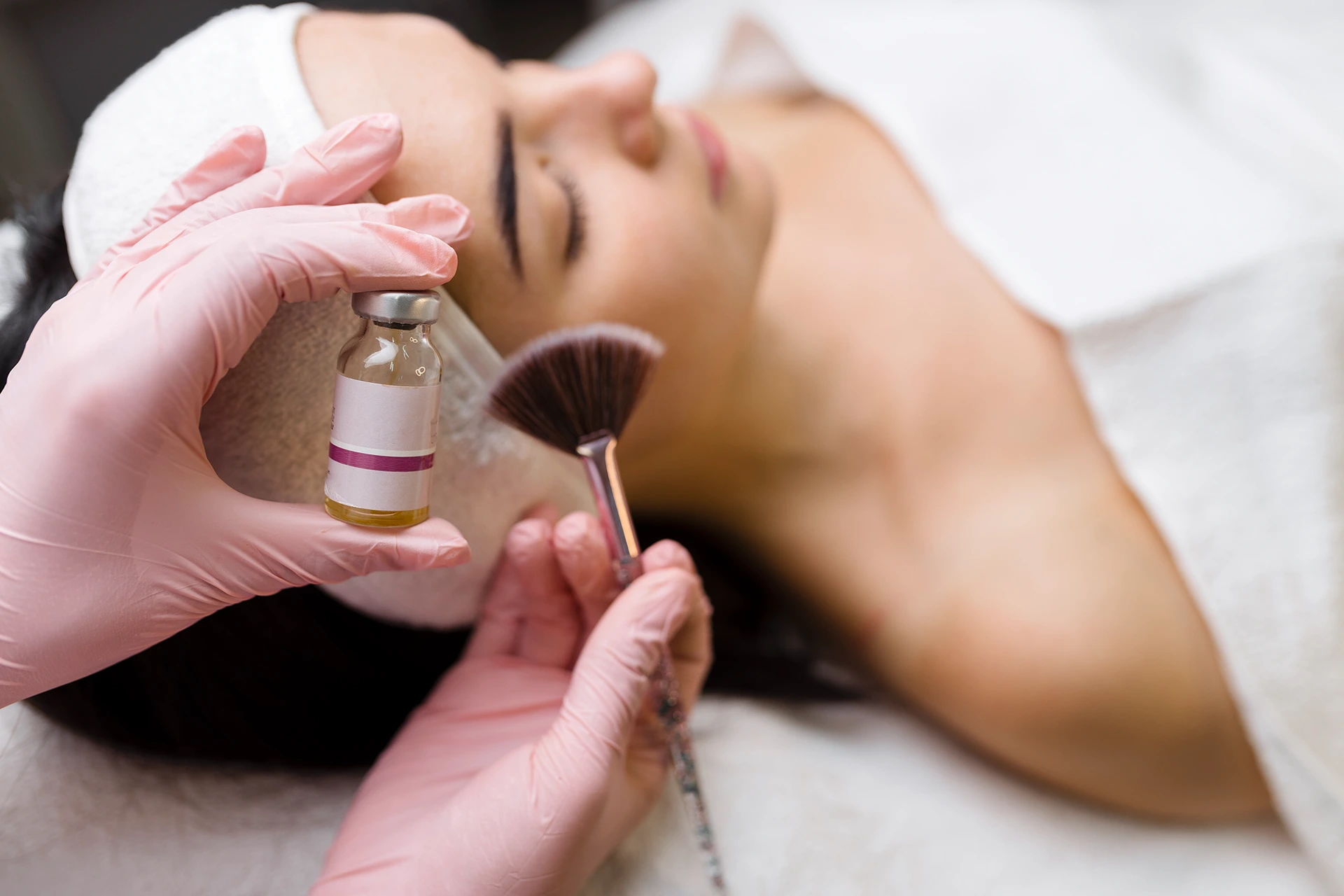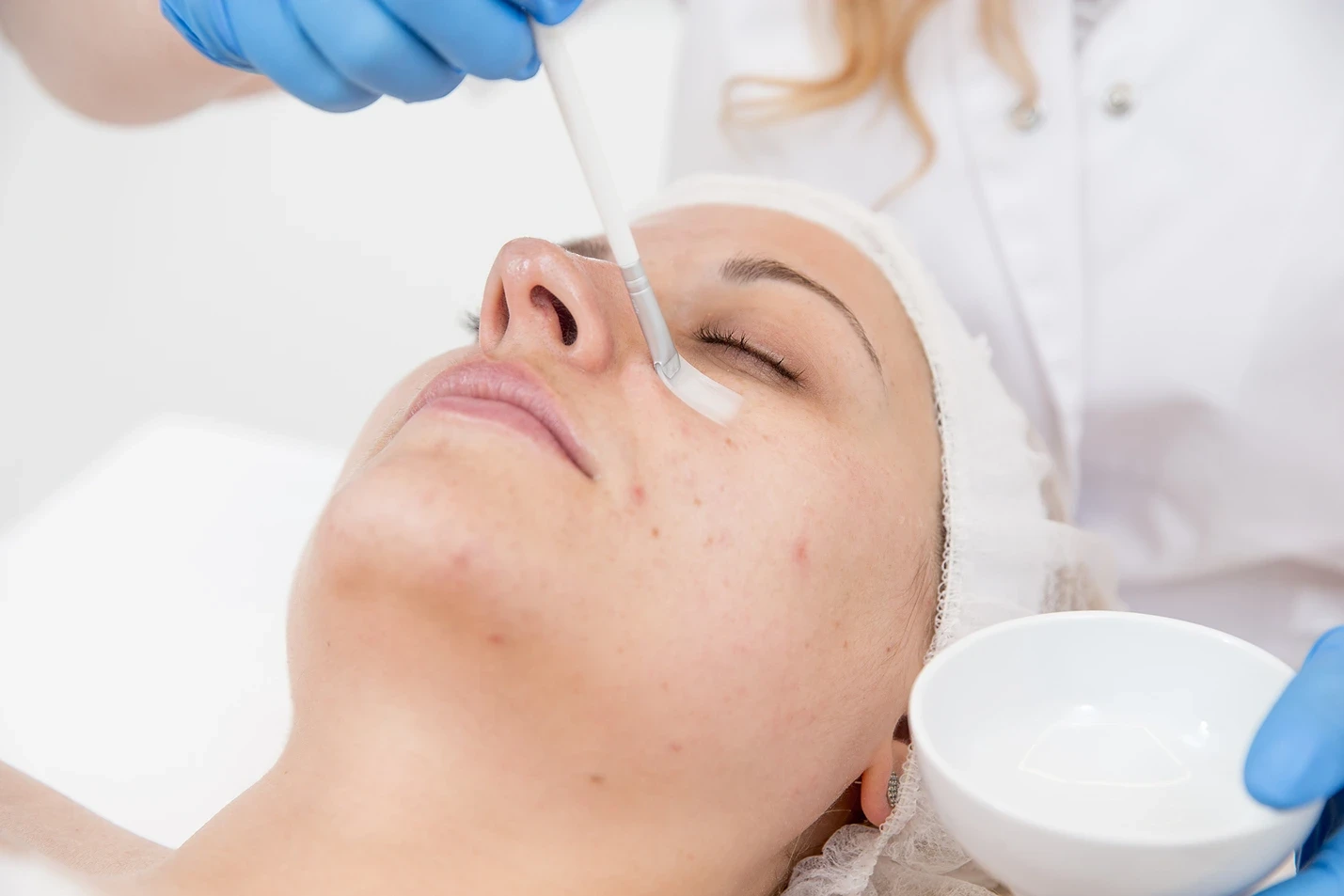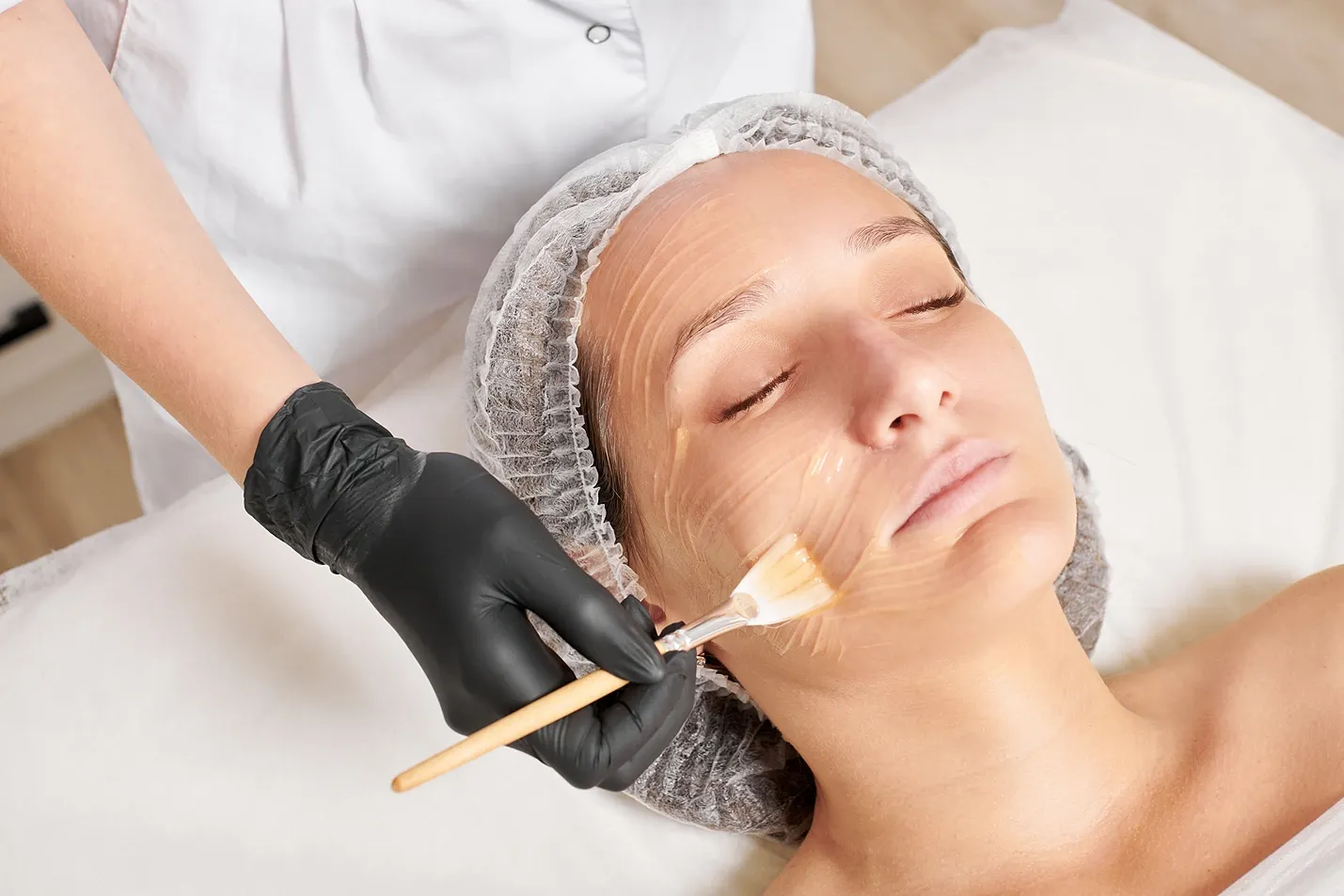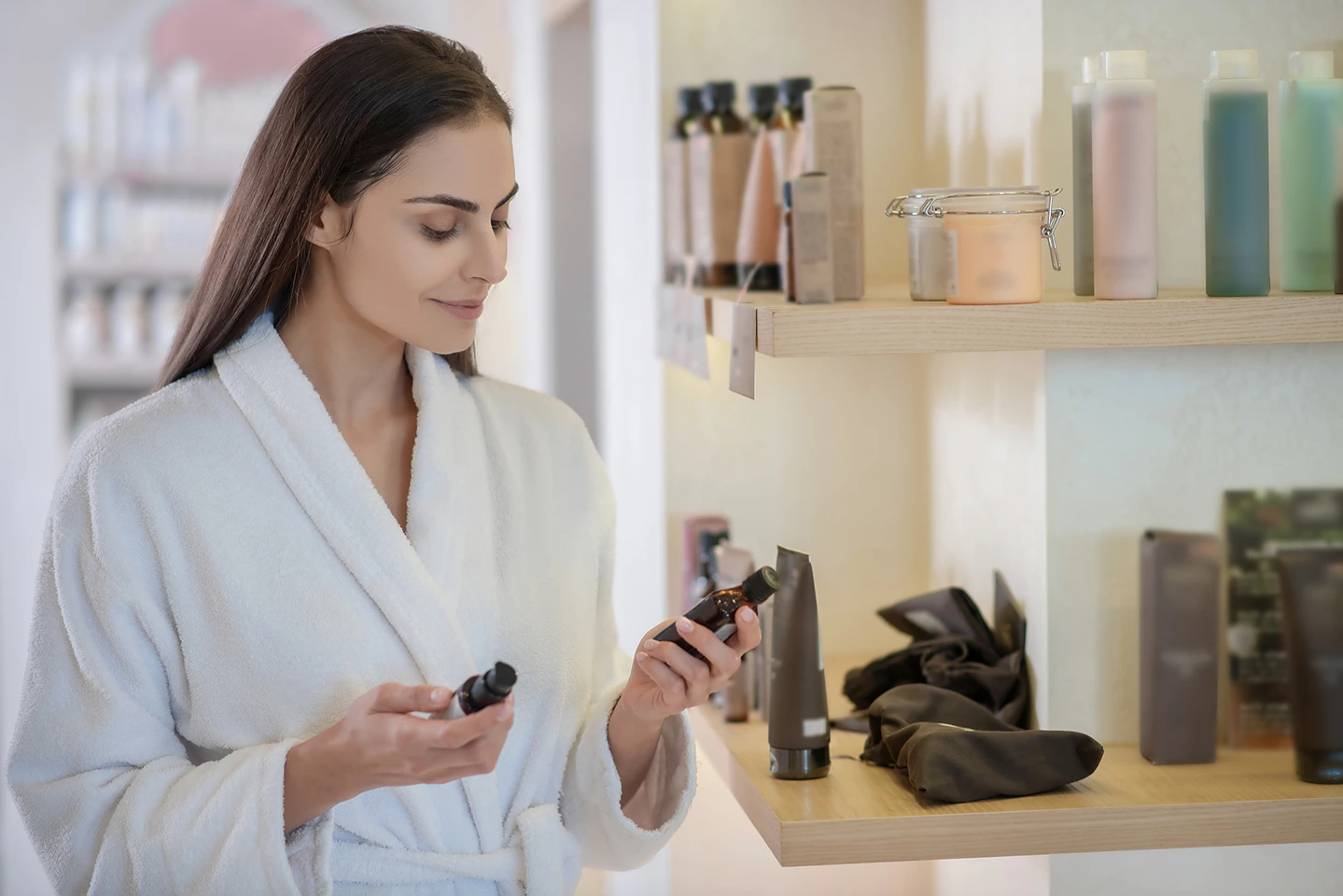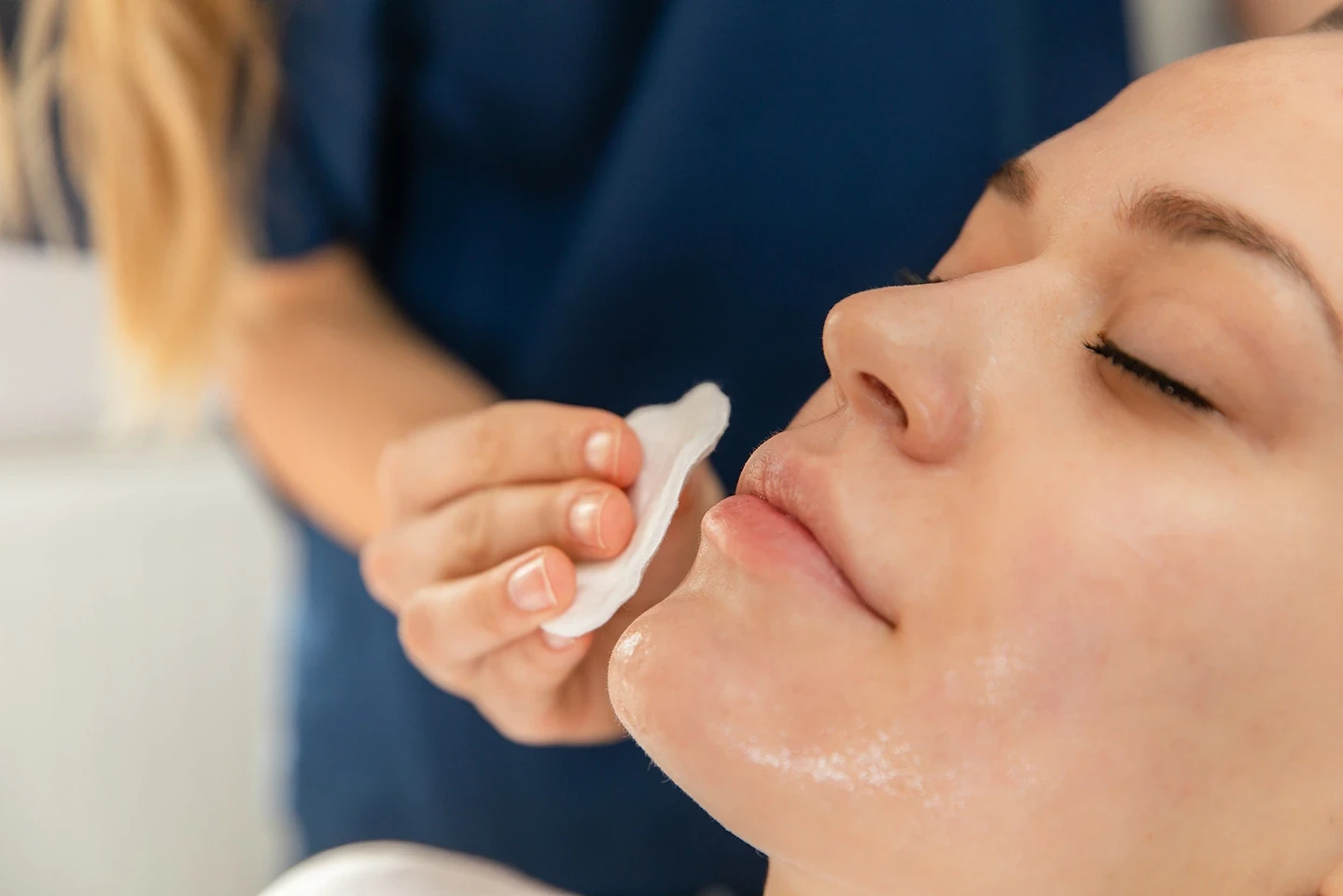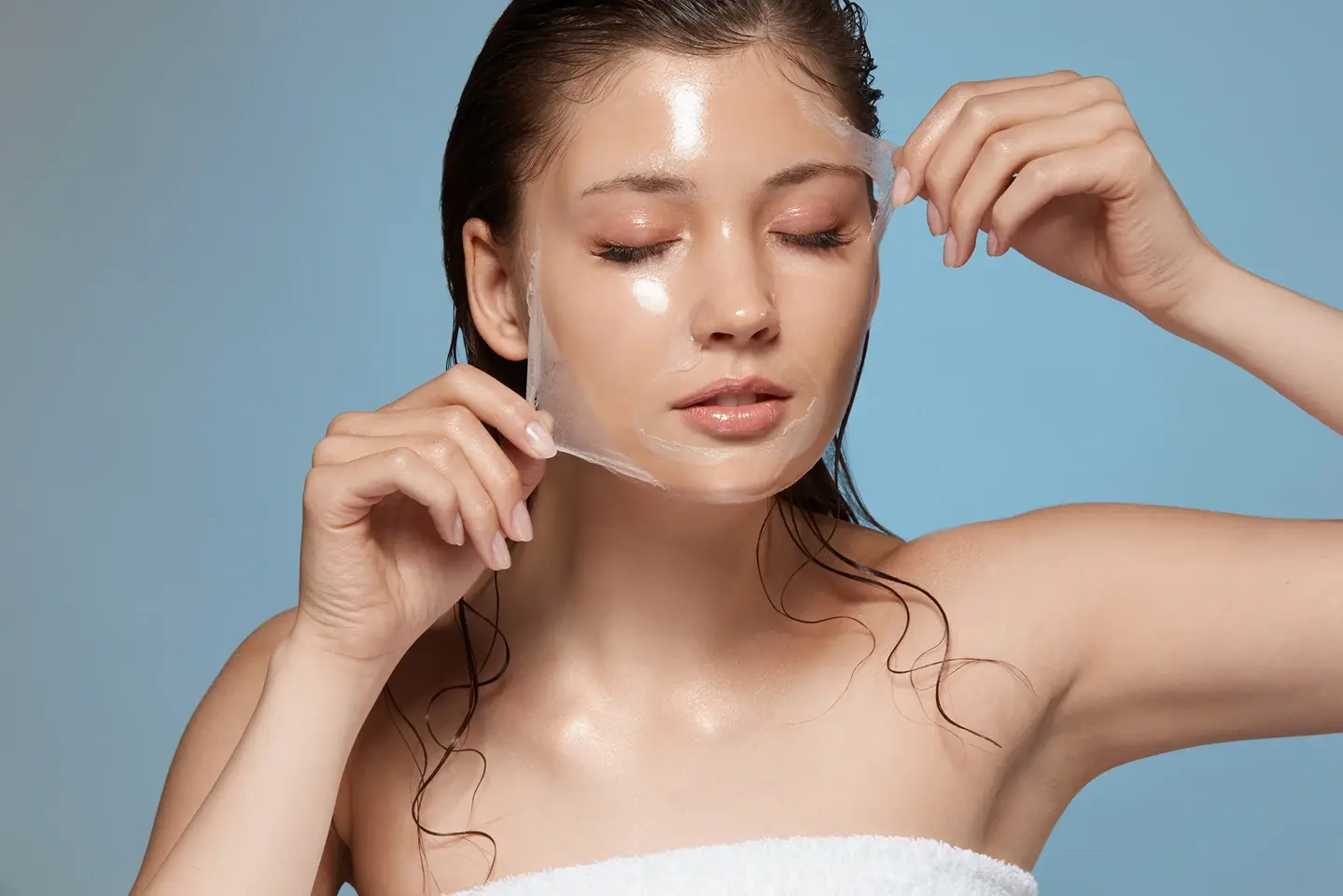The Truth Behind Your Post-Peel Skin Woes
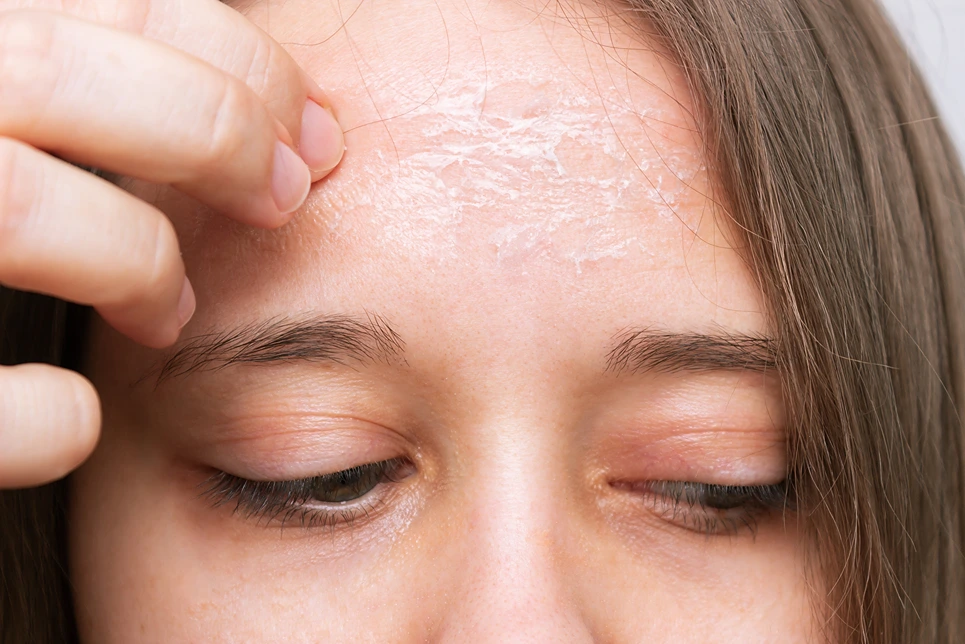
Your skin may look worse after a chemical peel due to temporary side effects like redness, peeling, and breakouts. These effects are usually part of the normal healing process as your skin renews itself, typically lasting a few days to a couple of weeks.
In the quest for flawless skin, chemical peels have become a go-to treatment for many. But what happens when this beauty ritual backfires?
This isn’t just a minor inconvenience – it’s a widespread issue affecting thousands of skincare enthusiasts.
The Promise vs. The Reality
Chemical peels are touted as a miracle solution for various skin concerns, from acne scars to fine lines. However, the journey to radiant skin isn’t always smooth.
Many patients find themselves asking, “Why does my skin look worse after a chemical peel?” The answer lies in understanding the complex process your skin undergoes during and after treatment.
The Purge Is Real: When Bad Gets Worse Before It Gets Better
You’ve probably heard whispers about the dreaded “purge” phase, but what exactly is it?
What is skin purging?
Skin purging is a process where the increased cell turnover from the chemical peel brings underlying debris, oil, and bacteria to the surface, causing temporary breakouts.
Timeline of a Typical Purge:
- Days 1-3: Initial redness and slight peeling
- Days 4-7: Increased breakouts and more noticeable peeling
- Days 8-14: Gradual clearing of skin as new, healthier cells emerge
Tips to Manage the Purge:
- Keep your skincare routine simple and gentle
- Avoid picking or scratching at peeling skin
- Use a non-comedogenic moisturizer to combat dryness
- Be patient – this phase is temporary!
Redness That Won’t Quit: When Your Face Resembles a Stop Sign
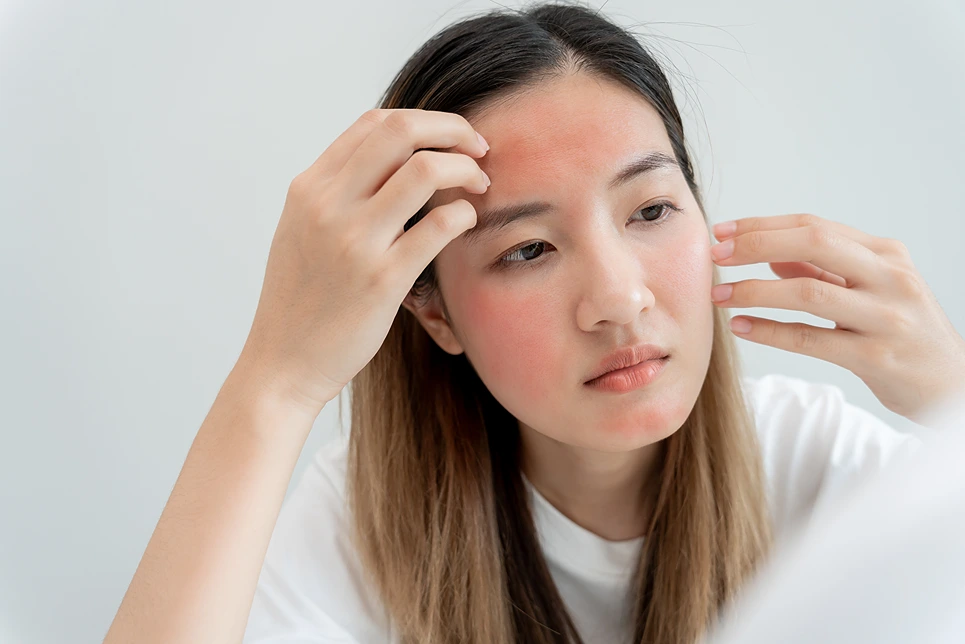
Post-peel redness is expected, but when it lingers for weeks, it’s cause for concern. The American Academy of Dermatology reports that prolonged redness could indicate an inflammatory response or even mild chemical burns.
Causes of Persistent Redness:
- Overly strong peel formulation
- Sensitive skin or rosacea
- Improper application technique
- Allergic reaction to ingredients
If you’re experiencing redness beyond the normal timeline, it’s crucial to consult your dermatologist for proper evaluation and treatment.
Hyperpigmentation: The Dark Side of Peels
One of the most frustrating post-peel issues is the appearance of dark spots or patches. This phenomenon, known as post-inflammatory hyperpigmentation (PIH), is particularly common in individuals with darker skin tones.
A study found that people with darker skin tones are particularly susceptible to post-inflammatory hyperpigmentation following chemical peels.
Factors Contributing to Post-Peel Hyperpigmentation:
- Sun exposure immediately after treatment
- Using products with irritating ingredients
- Picking at peeling skin
- Genetic predisposition to melanin production
Prevention and Treatment:
- Always use broad-spectrum SPF 30+ sunscreen
- Incorporate tyrosinase inhibitors like kojic acid or vitamin C
- Consider gentler peel options if you’re prone to hyperpigmentation
- Be patient – PIH can take months to fade completely
Texture Troubles: When Smooth Turns Rough
Instead of the baby-smooth skin you were promised, you might be dealing with rough, sandpaper-like texture. The culprit? Over-exfoliation.
Dr. Jennifer Chwalek, a New York-based dermatologist, warns, “Excessive peeling can damage the skin barrier, leading to increased sensitivity and texture issues.”
Signs of Over-Exfoliation:
- Rough, sandpaper-like texture
- Increased sensitivity to products
- Tight, “squeaky clean” feeling after cleansing
- Persistent dryness or oiliness
How to Restore Smooth Texture:

- Take a break from all exfoliating products
- Focus on barrier-repairing ingredients like ceramides and niacinamide
- Use a gentle, non-foaming cleanser
- Incorporate a hyaluronic acid serum for hydration
The Dreaded Dry Spell: When Your Skin Feels Like the Sahara
Flaky, tight skin that feels like it’s about to crack is a common complaint after chemical peels.
Causes of Post-Peel Dryness:
- Compromised skin barrier function
- Depletion of natural oils
- Increased transepidermal water loss (TEWL)
- Use of harsh, stripping products post-peel
Hydration Strategy:
- Layer hydrating products from thinnest to thickest
- Look for ingredients like glycerin, hyaluronic acid, and squalane
- Consider using a humidifier, especially at night
- Avoid hot showers and harsh soaps
Unexpected Breakouts: Pimples in All the Wrong Places
You got a peel to clear your skin, not cause more pimples. Yet, some people find themselves battling unexpected acne after treatment. This can happen when the peel unclogs pores, releasing trapped sebum and bacteria.
Types of Post-Peel Breakouts:
- Purge-related acne: Usually small, uniform bumps
- Irritation acne: Red, inflamed pimples
- Allergic reaction: Clustered, itchy bumps
Managing Post-Peel Breakouts:
- Resist the urge to pop or pick
- Use non-comedogenic, fragrance-free products
- Consider spot treatments with salicylic acid or benzoyl peroxide (only after the initial healing phase)
- Consult your dermatologist if breakouts persist beyond 2-3 weeks
Uneven Tone and Patchiness: The Leopard Print You Didn’t Ask For
If your skin looks like a patchwork quilt post-peel, you’re not imagining things. Uneven application or skin that peels at different rates can lead to a mottled appearance.
Causes of Uneven Peeling:
- Inconsistent application of the peel solution
- Varying skin thickness in different areas of the face
- Pre-existing skin conditions affecting certain areas
- Improper post-peel care
Corrective Measures:
- Follow post-care instructions meticulously
- Use gentle chemical exfoliants to even out the peeling process
- Consider a follow-up treatment with your skincare professional
- Be patient – uneven tone often resolves as the skin fully heals
The Road to Recovery: Patience is Key
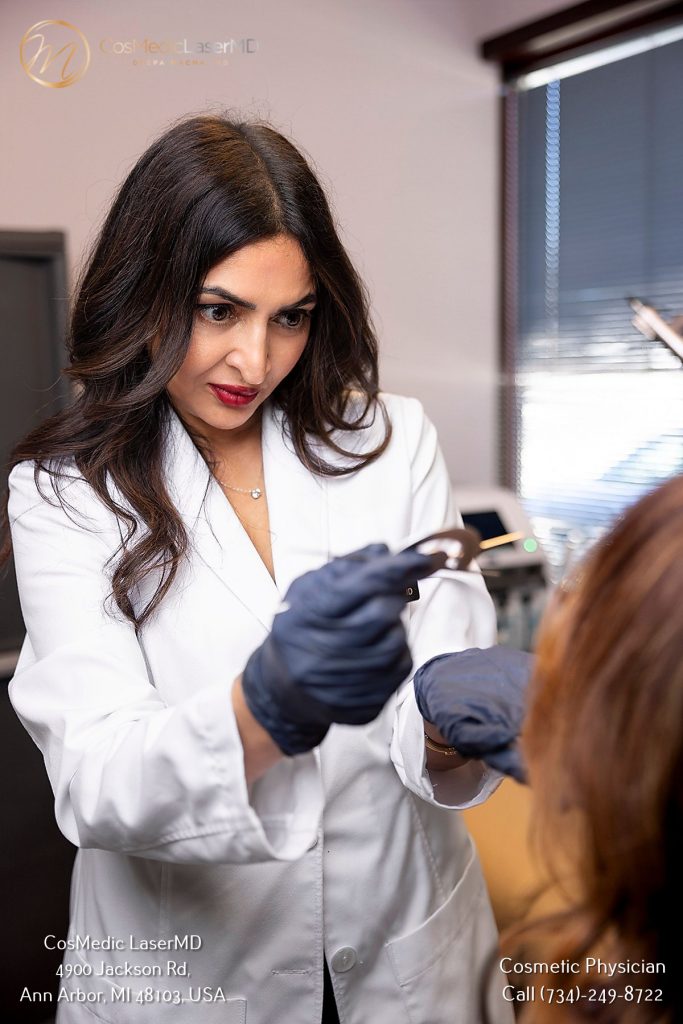
While it’s disheartening to see your skin looking worse after a chemical peel, remember that this is often a temporary phase. The key to navigating this skincare journey is patience and proper care.
Recovery Timeline:
Week 1: Initial redness, peeling, and potential purging Week 2-3: Gradual improvement in texture and tone Week 4-6: Noticeable improvements in skin clarity and radiance Months 2-3: Full results become apparent
Tips for Optimal Healing:
- Stay hydrated – both internally and externally
- Protect your skin from sun exposure
- Avoid picking, scrubbing, or using harsh products
- Follow your skincare professional’s aftercare instructions closely
By understanding these potential pitfalls and how to manage them, you can better navigate the sometimes turbulent waters of chemical peels. Your dream skin might still be just a few layers away – it just takes time, care, and the right approach to reveal it.

